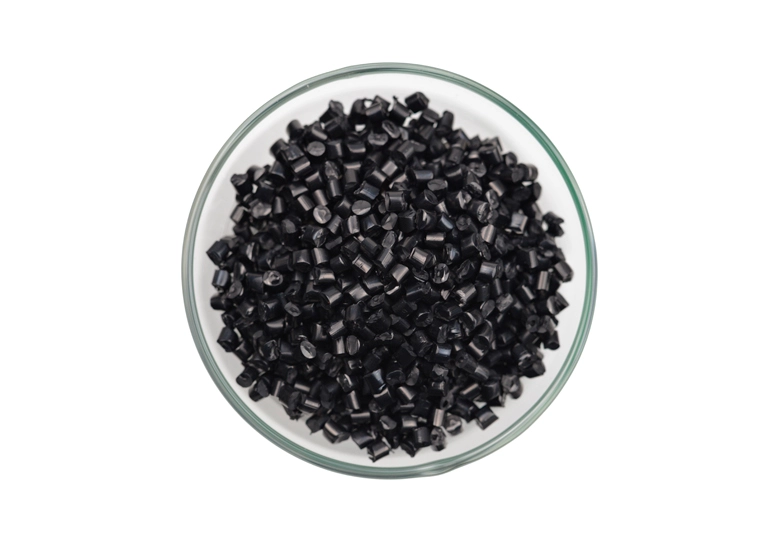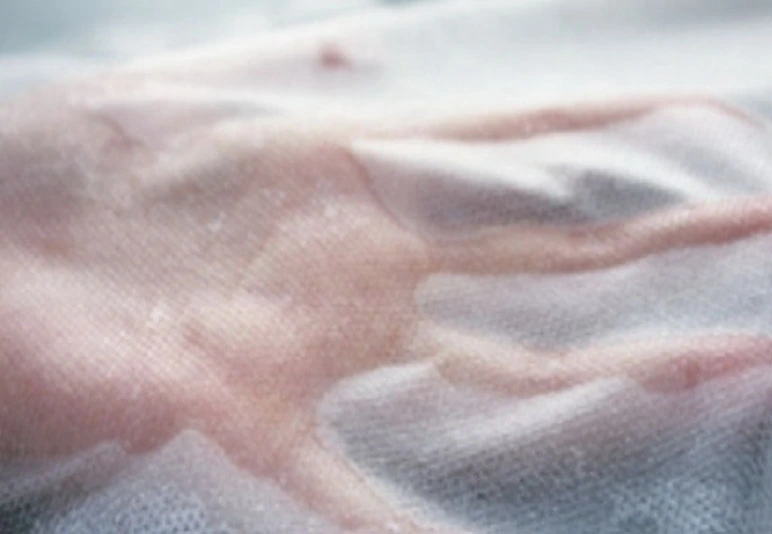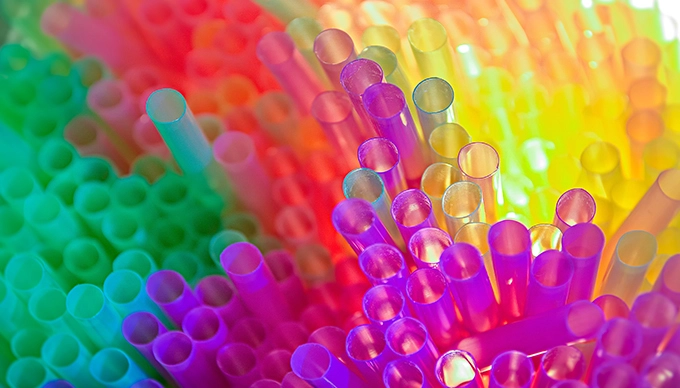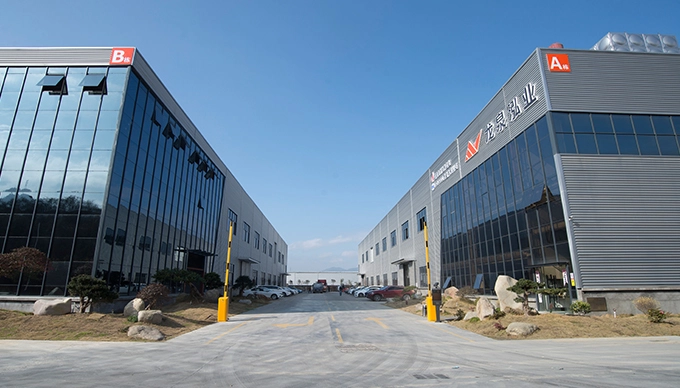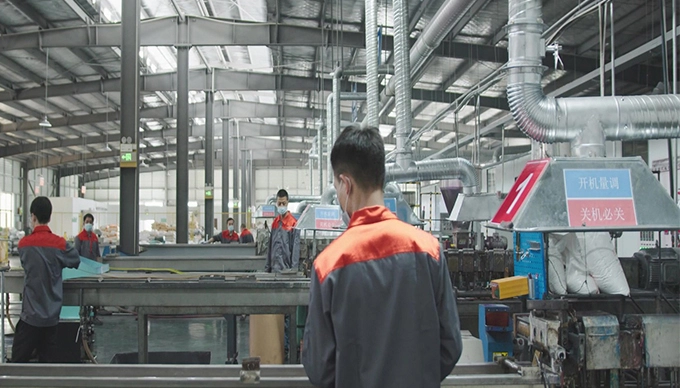Polypropylene (PP), often referred to as the "steel" of the plastic industry, undergoes modification and customization through the addition of additives or unique manufacturing methods to cater to specific application requirements.
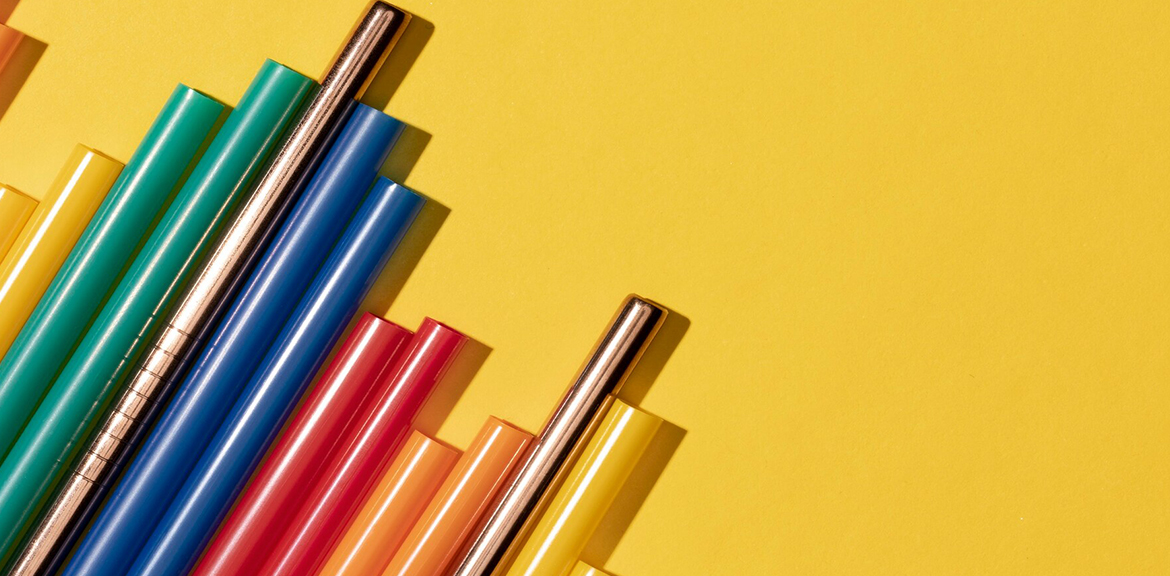
Internationally categorized as Homopolymer Polypropylene (PP-H), Random Copolymer Polypropylene (PP-R), and Block Copolymer Polypropylene (PP-B), each variant serves distinct roles in industrial applications. PP-H, a homopolymer, is characterized by high crystallinity and reduced impact resistance. PP-R, a random copolymer, enhances flexibility and transparency. PP-B, a block copolymer, introduces ethylene for improved impact resistance.
Recycling and regenerating these variants pose unique challenges and opportunities. Let's delve into their characteristics:
Homopolymer Polypropylene (PP-H)
Composition: Solely derived from propylene monomers.
Characteristics: High crystallinity, poor impact resistance.
Strengths: Good strength.
Weaknesses: Poor impact resistance, low toughness, inferior dimensional stability, susceptibility to aging, and subpar long-term heat stability.
Applications: Extrusion blow molding, flat yarn, injection molding, fibers, and film blowing. Commonly used in packaging straps, bottles, brushes, ropes, woven bags, toys, folders, household items, microwave meal boxes, storage boxes, and packaging films.
Identification: Burns into flat threads with limited length.
Random Copolymer Polypropylene (PP-R)
Composition: Propylene monomers and a small percentage of ethylene (1-4%).
Characteristics: Improved flexibility, transparency, and mechanical properties.
Strengths: High strength, rigidity, good heat resistance, excellent dimensional stability, exceptional low-temperature toughness, transparency, and gloss.
Weaknesses: Least problematic among PP types.
Applications: Film grade and injection grade. Used in pipes, shrink films, dropper bottles, highly transparent containers, transparent household items, disposable syringes, and packaging films.
Identification: Burns without turning black, yields long round threads.
Block Copolymer Polypropylene (PP-B)
Composition: Higher ethylene content (7-15%).
Characteristics: Superior impact resistance with moderate rigidity.
Strengths: Good impact resistance, increased toughness.
Weaknesses: Low transparency, low gloss, poor resistance to moisture, acid-base corrosion, and dissolution; weak antioxidant properties at high temperatures.
Applications: Extrusion grade and injection grade. Used in extrusion bars, thin-wall products, baby strollers, sports equipment, luggage, paint buckets, battery boxes, and thin-wall products.
Identification: Burns without turning black, yields long round threads.
Recycling and Regeneration
PP recycling involves Homopolymer PP and Copolymer PP. Homopolymer PP includes waste from household appliances and automotive bumpers, while Copolymer PP includes recycled items like PP bottles, PP lunch boxes, and PP agricultural films.
The recycling process includes sorting, crushing, cleaning, dehydration, drying, granulation, and modification.
Blending different polymers under a compatibilizing agent during recycling can create alloys with enhanced properties.
Understanding the subtleties in the properties and recycling methods of these polypropylenes is crucial for fostering sustainable plastic utilization.
In conclusion, understanding the nuances of polypropylene variants and their recycling processes is essential for promoting sustainable plastic use. As a masterbatch manufacturing company, Hongye plays a pivotal role in this endeavor by providing tailored solutions that enhance the properties and recyclability of polypropylene, thereby contributing to a more sustainable future.
 English
English

